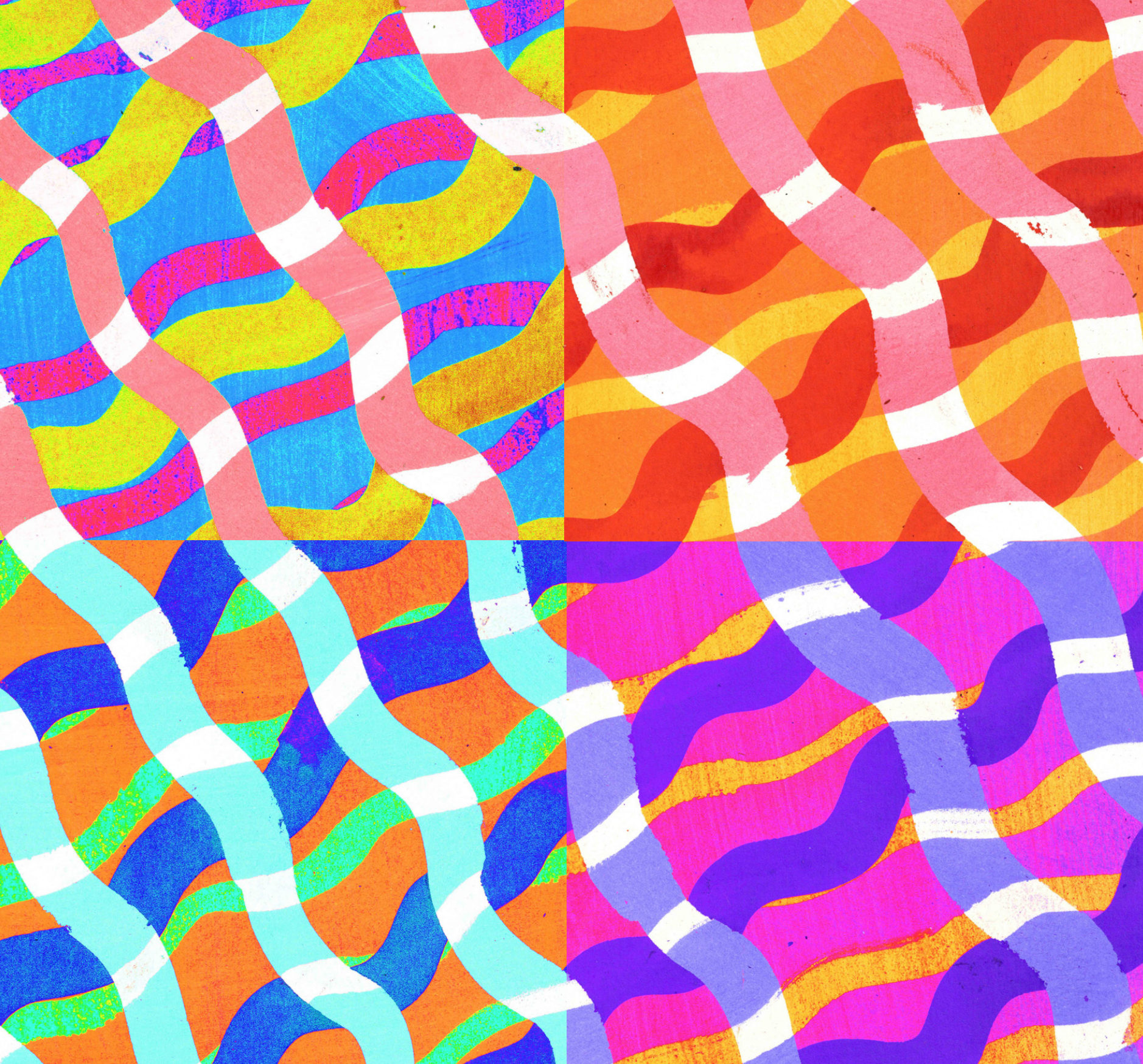
Cutting Colour: Drawing inspiration from Matisse’s cut outs

I believe that colour is the core of all designs. A good colour palette makes a piece of art and, no matter how good a composition is, if the colour palette doesn’t work then neither will the artwork. Nowhere is this appreciation of colour seen more clearly than Matisse’s cut outs, where simple, block colours are the basis of all his designs.



For most of his career, Matisse worked as a painter, however, in his late sixties, ill health first prevented Matisse from painting, he began to cut painted paper with scissors. Initially, these cut outs were a way for him to draft compositions for commissions, however, over time, he began to choose cut-outs over painting. From the mid-1930s until the mid-1950s, Matisse made hundreds of these cut outs, often very large in scale and ambition, even when poor health rendered him bedbound and with very poor eyesight in his later life. He had a team of assistants who would first paint the paper with gouache paint in Matisse’s signature bright hues, and then, under the direction of the elderly artist, help to arrange the cut paper into compositions. The opaque, matt finish of the gouache paint is what gives the cut outs their density of colour. This technique varies from the normal way of working with paint – in Matisse’s practice, colour is applied indiscriminately to a large sheet of paper, and then formed into shapes later, rather than applied within the confines of a predetermined sketch or composition.



He referred to this way of working as ‘drawing with scissors,’ using the blades to mimic the long, curving lines for which his paintings had become so recognisable. The same attention to colour, particularly the use of bold, complementary colours, that characterised his style of painting, is clearly evident in the papercuts. The papercuts allowed him to combine his love of bold colour with his belief in the importance of strong lines. Cutting paper allowed him to create very crisp, stark lines that served only to accentuate the contrasting colours.


The relatively simple compositions and strong, vivid colours of Matisse’s papercuts are one of the inspirations behind our Jabberwocky kits.
Like the cut outs, the jabberwocky kits rely on simple forms and block, complementary colours to create compositions that are both visually pleasing and able to communicate a story.
Much like Matisse was ‘drawing with scissors,’ in our kits we encourage you to draw with needle and thread!
The Jabberwocky Kits






